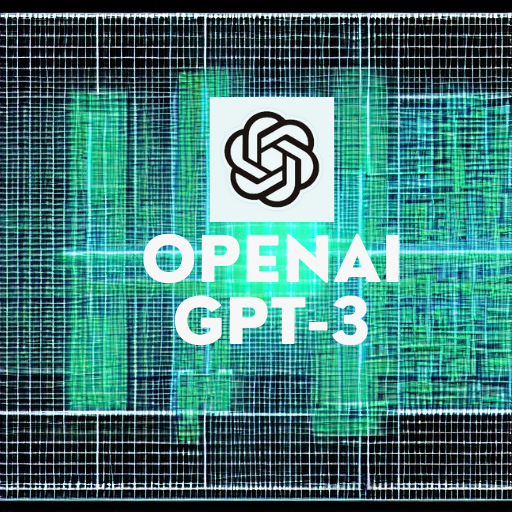
Technology
The Future of AI Writing: What GPT-3 Means for the Industry

Artificial intelligence has rapidly transformed many industries, and the writing industry is no exception. In recent years, AI writing tools have gained significant traction, and among them, GPT-3 stands out as one of the most advanced language models available today. With its impressive capabilities, GPT-3 has the potential to reshape the writing industry in profound ways.

In this article, we’ll explore what GPT-3 is, what it can do, and what its implications are for the future of AI writing and the industry as a whole.

What is GPT-3?
GPT-3, or Generative Pre-trained Transformer 3, is an AI language model developed by OpenAI. It is the most advanced iteration of the GPT series, which includes GPT-1 and GPT-2. GPT-3 was trained on a massive dataset of text, including books, websites, and other sources, allowing it to generate human-like text across a wide range of topics.
What Can GPT-3 Do?
GPT-3 can perform a wide range of tasks, from text generation to translation and summarization. It has the ability to understand natural language and generate text that is often indistinguishable from text written by humans. It can also perform tasks such as answering questions, completing sentences, and even composing poetry.
One of the most significant advantages of GPT-3 is its versatility. It can generate text in different formats, including news articles, blog posts, social media updates, and even computer code. This versatility makes it a powerful tool for content creation and automation, with applications in fields such as journalism, marketing, and e-commerce.
READ ALSO: Top 10 AI To Use For Video Animations
[the_ad id=”41670″]
What Does GPT-3 Mean for the Future of AI Writing?
The rise of AI writing tools has been met with both excitement and concern. Some experts predict that AI writing tools will revolutionize the writing industry, while others worry that they could replace human writers altogether.
GPT-3’s impressive capabilities have already led to its widespread adoption in the industry. Many companies are using GPT-3 to automate content creation, such as product descriptions, news articles, and social media updates. GPT-3 can generate text quickly and accurately, which saves time and money for businesses.
However, the use of GPT-3 has also raised ethical concerns. Some worry that AI-generated text could be used to spread disinformation or propaganda, or that it could lead to job loss for human writers.
Despite these concerns, many experts believe that AI writing tools like GPT-3 will complement human writers, rather than replace them. Human writers bring a unique perspective and creativity to their work, which AI tools cannot replicate. Instead, AI writing tools can help writers to automate repetitive tasks and generate ideas, allowing them to focus on more creative and strategic work.













